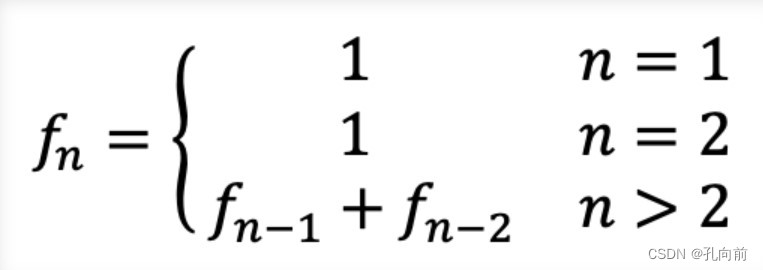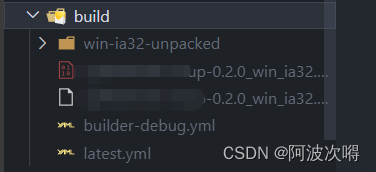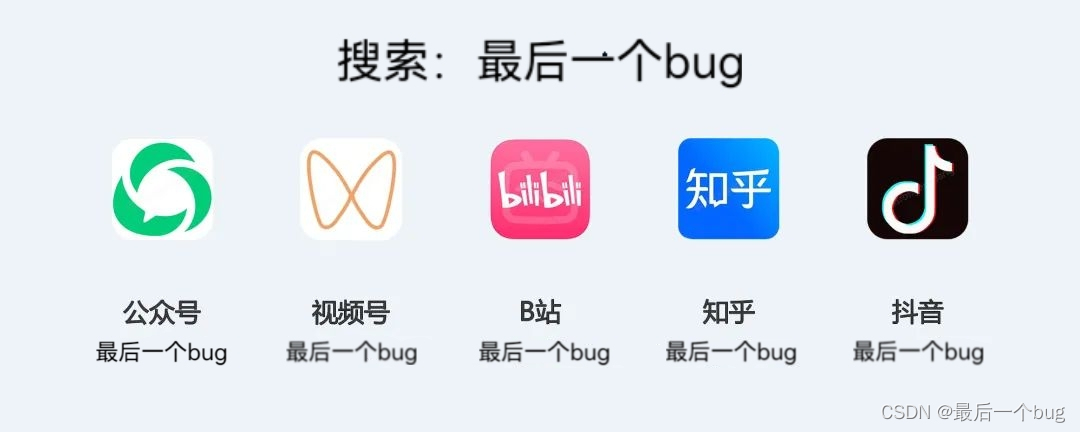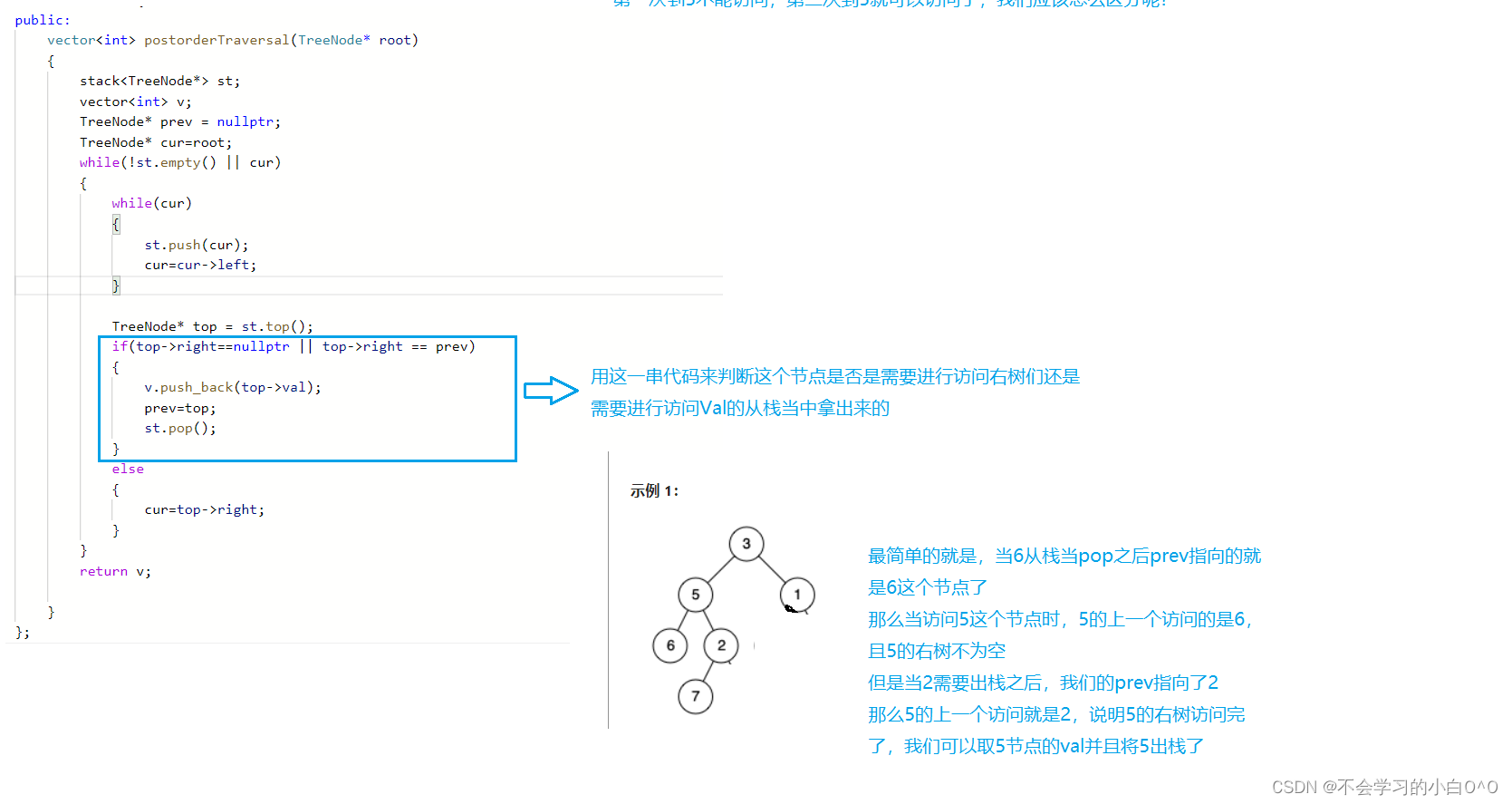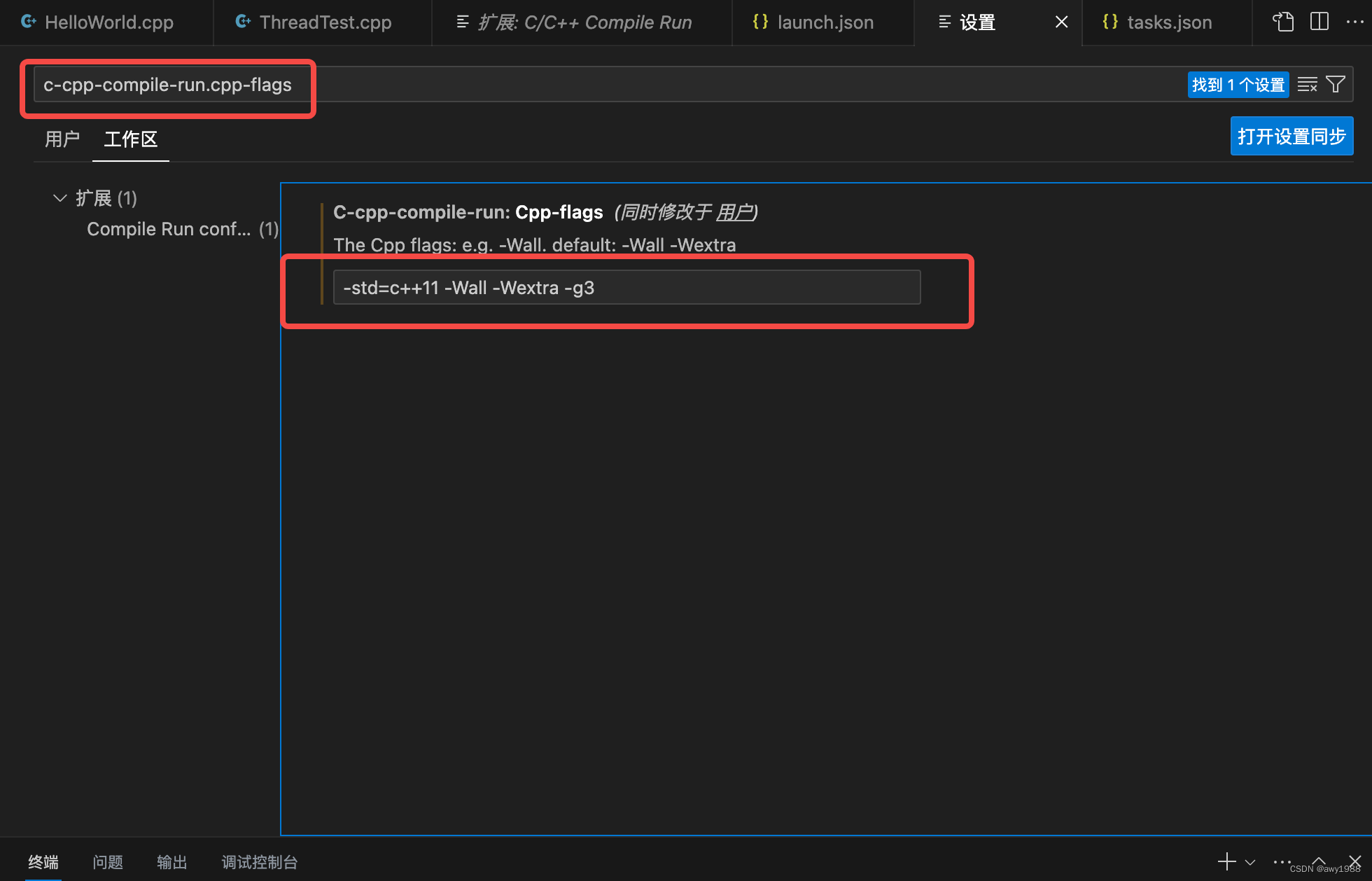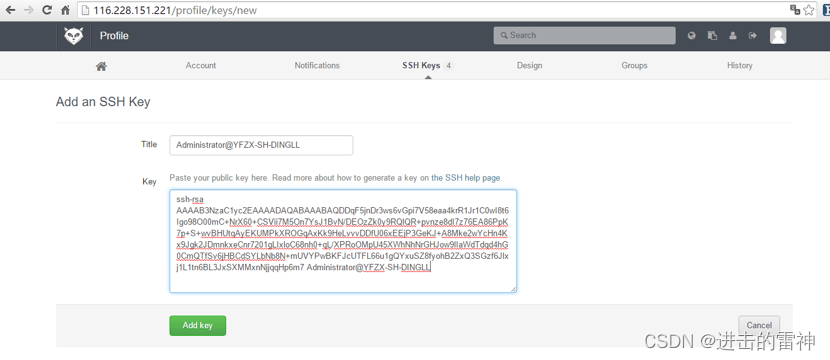
1. 复制数据到另一个表
1.1. sql
insert into dept_east (deptno,dname,loc)
select deptno,dname,loc
from dept
where loc in ( 'NEW YORK','BOSTON' )
2. 复制表定义
2.1. 复制表结构,而不复制数据
2.2. MySQL
2.3. PostgreSQL
2.4. Oracle
2.5. sql
create table dept_2
as
select *
from dept
where 1 = 0
2.6. SQL Server
2.6.1. sql
select *
into dept_2
from dept
where 1 = 0
2.7. DB2
2.7.1. create table dept_2 like dept
3. 删除违反参照完整性的记录
3.1. 从表里删除一些记录,因为在另一个表里不存在与这些记录相匹配的数据
3.2. 删除其实就是查询,最重要的步骤是要写出正确的WHERE子句条件,以找出要删除哪些记录
3.3. sql
delete from emp
where not exists (
select * from dept
where dept.deptno = emp.deptno
)
4. 删除重复记录
4.1. sql
create table dupes (id integer, name varchar(10))
insert into dupes values (1, 'NAPOLEON')
insert into dupes values (2, 'DYNAMITE')
insert into dupes values (3, 'DYNAMITE')
insert into dupes values (4, 'SHE SELLS')
insert into dupes values (5, 'SEA SHELLS')
insert into dupes values (6, 'SEA SHELLS')
insert into dupes values (7, 'SEA SHELLS')
select * from dupes order by 1
4.2. 如果要删除重复记录,首先要明确两行数据在什么条件下才会被认为是“重复的记录”
4.2.1. sql
select min(id)
from dupes
group by name
4.2.2. sql
delete from dupes
where id not in ( select min(id)
from dupes
group by name )
5. 删除被其他表参照的记录
5.1. sql
create table dept_accidents
( deptno integer,
accident_name varchar(20) )
insert into dept_accidents values (10,'BROKEN FOOT')
insert into dept_accidents values (10,'FLESH WOUND')
insert into dept_accidents values (20,'FIRE')
insert into dept_accidents values (20,'FIRE')
insert into dept_accidents values (20,'FLOOD')
insert into dept_accidents values (30,'BRUISED GLUTE')
select * from dept_accidents
5.2. 识别哪些部门发生过3次以上事故
5.2.1. sql
select deptno
from dept_accidents
group by deptno
having count(*) >= 3
5.3. 删除在上述部门工作的员工
5.3.1. sql
delete from emp
where deptno in ( select deptno
from dept_accidents
group by deptno
having count(*) >= 3 )
6. 元数据查询
6.1. SMEAGOL 模式
7. 列举模式中的表
7.1. MySQL
7.2. PostgreSQL
7.3. SQL Server
7.4. 信息模式
7.4.2. sql
select table_name
from information_schema.tables
where table_schema = 'SMEAGOL'
7.5. Oracle
7.5.1. sql
select table_name
from all_tables
where owner = 'SMEAGOL'
7.6. DB2
7.6.1. sql
select tabname
from syscat.tables
where tabschema = 'SMEAGOL'
8. 列举字段
8.1. MySQL
8.2. PostgreSQL
8.3. SQL Server
8.4. 信息模式
8.4.1. sql
select column_name, data_type, ordinal_position
from information_schema.columns
where table_schema = 'SMEAGOL'
and table_name = 'EMP'
8.5. Oracle
8.5.1. sql
select column_name, data_type, column_id
from all_tab_columns
where owner = 'SMEAGOL'
and table_name = 'EMP'
8.6. DB2
8.6.1. sql
select colname, typename, colno
from syscat.columns
where tabname = 'EMP'
and tabschema = 'SMEAGOL'
9. 列举索引列
9.1. MySQL
9.1.1. show index from emp
9.2. PostgreSQL
9.2.1. sql
select a.tablename,a.indexname,b.column_name
from pg_catalog.pg_indexes a,
information_schema.columns b
where a.schemaname = 'SMEAGOL'
and a.tablename = b.table_name
9.3. Oracle
9.3.1. sql
select table_name, index_name, column_name, column_position
from sys.all_ind_columns
where table_name = 'EMP'
and table_owner = 'SMEAGOL'
9.4. SQL Server
9.4.1. sql
select a.name table_name,
b.name index_name,
d.name column_name,
c.index_column_id
from sys.tables a,
sys.indexes b,
sys.index_columns c,
sys.columns d.
where a.object_id = b.object_id
and b.object_id = c.object_id
and b.index_id = c.index_id
and c.object_id = d.object_id
and c.column_id = d.column_id
and a.name = 'EMP'
9.5. DB2
9.5.1. sql
select a.tabname, b.indname, b.colname, b.colseq
from syscat.indexes a,
syscat.indexcoluse b
where a.tabname = 'EMP'
and a.tabschema = 'SMEAGOL'
and a.indschema = b.indschema
and a.indname = b.indname
10. 列举约束
10.1. MySQL
10.2. PostgreSQL
10.3. SQL Server
10.4. 信息模式
10.4.1. sql
select a.table_name,
a.constraint_name,
b.column_name,
a.constraint_type
from information_schema.table_constraints a,
information_schema.key_column_usage b
where a.table_name = 'EMP'
and a.table_schem = 'SMEAGOL'
and a.table_name = b.table_name
and a.table_schema = b.table_schema
and a.constraint_name = b.constraint_name
10.5. Oracle
10.5.1. sql
select a.table_name,
a.constraint_name,
b.column_name,
a.constraint_type
from all_constraints a,
all_cons_columns b
where a.table_name = 'EMP'
and a.owner = 'SMEAGOL'
and a.table_name = b.table_name
and a.owner = b.owner
and a.constraint_name = b.constraint_name
10.6. DB2
10.6.1. sql
select a.tabname, a.constname, b.colname, a.type
from syscat.tabconst a,
syscat.columns b
where a.tabname = 'EMP'
and a.tabschema = 'SMEAGOL'
and a.tabname = b.tabname
and a.tabschema = b.tabschema
11. 列举非索引外键
11.1. 如果通过外键实现父子关系,那么为子表里对应的列加上索引有助于减少锁
11.2. 子表和父表常用外键列做连接查询,因而加上索引有助于提升查询性能
11.3. MySQL
11.3.2. 如果KEY_COLUMN_USAGE里有对应的COLUMN_NAME,但是SHOW INDEX输出的结果里却没有,那么就说明该列没有索引
11.4. PostgreSQL
11.4.1. sql
select fkeys.table_name,
fkeys.constraint_name,
fkeys.column_name,
ind_cols.indexname
from (
select a.constraint_schema,
a.table_name,
a.constraint_name,
a.column_name
from information_schema.key_column_usage a,
information_schema.referential_constraints b
where a.constraint_name = b.constraint_name
and a.constraint_schema = b.constraint_schema
and a.constraint_schema = 'SMEAGOL'
and a.table_name = 'EMP'
) fkeys
left join
(
select a.schemaname, a.tablename, a.indexname, b.column_name
from pg_catalog.pg_indexes a,
information_schema.columns b
where a.tablename = b.table_name
and a.schemaname = b.table_schema
) ind_cols
on ( fkeys.constraint_schema = ind_cols.schemaname
and fkeys.table_name = ind_cols.tablename
and fkeys.column_name = ind_cols.column_name )
where ind_cols.indexname is null
11.5. Oracle
11.5.1. sql
select a.table_name,
a.constraint_name,
a.column_name,
c.index_name
from all_cons_columns a,
all_constraints b,
all_ind_columns c
where a.table_name = 'EMP'
and a.owner = 'SMEAGOL'
and b.constraint_type = 'R'
and a.owner = b.owner
and a.table_name = b.table_name
and a.constraint_name = b.constraint_name
and a.owner = c.table_owner (+)
and a.table_name = c.table_name (+)
and a.column_name = c.column_name (+)
and c.index_name is null
11.6. SQL Server
11.6.1. sql
select fkeys.table_name,
fkeys.constraint_name,
fkeys.column_name,
ind_cols.index_name
from (
select a.object_id,
d.column_id,
a.name table_name,
b.name constraint_name,
d.name column_name
from sys.tables a
join
sys.foreign_keys b
on ( a.name = 'EMP'
and a.object_id = b.parent_object_id
)
join
sys.foreign_key_columns c
on ( b.object_id = c.constraint_object_id )
join
sys.columns d
on ( c.constraint_column_id = d.column_id
and a.object_id = d.object_id
)
) fkeys
left join
(
select a.name index_name,
b.object_id,
b.column_id
from sys.indexes a,
sys.index_columns b
where a.index_id = b.index_id
) ind_cols
on ( fkeys.object_id = ind_cols.object_id
and fkeys.column_id = ind_cols.column_id )
where ind_cols.index_name is null
11.7. DB2
11.7.1. sql
select fkeys.tabname,
fkeys.constname,
fkeys.colname,
ind_cols.indname
from (
select a.tabschema, a.tabname, a.constname, b.colname
from syscat.tabconst a,
syscat.keycoluse b
where a.tabname = 'EMP'
and a.tabschema = 'SMEAGOL'
and a.type = 'F'
and a.tabname = b.tabname and a.tabschema = b.tabschema
) fkeys
left join
(
select a.tabschema,
a.tabname,
a.indname,
b.colname
from syscat.indexes a,
syscat.indexcoluse b
where a.indschema = b.indschema
and a.indname = b.indname
) ind_cols
on ( fkeys.tabschema = ind_cols.tabschema
and fkeys.tabname = ind_cols.tabname
and fkeys.colname = ind_cols.colname )
where ind_cols.indname is null
12. 用SQL生成SQL
12.1. 使用字符串拼接SQL 语句,通过查询某些表来获取需要填入的数据(例如数据库对象名称)
12.2. Oracle示例
12.2.1. /* 生成SQL以计算各个表的行数 */
select 'select count(*) from '||table_name||';' cnts
from user_tables;
CNTS
--------------------------------------
select count(*) from ANT;
select count(*) from BONUS;
select count(*) from DEMO1;
select count(*) from DEMO2;
select count(*) from DEPT;
select count(*) from DUMMY;
12.2.2. /* 禁用所有表的外键约束 */
select 'alter table '||table_name||
' disable constraint '||constraint_name||';' cons
from user_constraints
where constraint_type = 'R';
CONS
--------------------------------------------------------
alter table ANT disable constraint ANT_FK;
alter table BONUS disable constraint BONUS_FK;
alter table DEMO1 disable constraint DEMO1_FK;
alter table DEMO2 disable constraint DEMO2_FK;
alter table DEPT disable constraint DEPT_FK;
alter table DUMMY disable constraint DUMMY_FK;
12.2.3. /* 根据EMP表的某些列生成插入脚本 */
select 'insert into emp(empno,ename,hiredate) '||chr(10)||
'values( '||empno||','||''''||ename
||''',to_date('||''''||hiredate||''') );' inserts
from emp
where deptno = 10;
INSERTS
---------------------------------------------------------------
insert into emp(empno,ename,hiredate)
values( 7782,'CLARK',to_date('09-JUN-1981 00:00:00') );
insert into emp(empno,ename,hiredate)
values( 7839,'KING',to_date('17-NOV-1981 00:00:00') );
insert into emp(empno,ename,hiredate)
values( 7934,'MILLER',to_date('23-JAN-1982 00:00:00') );

